
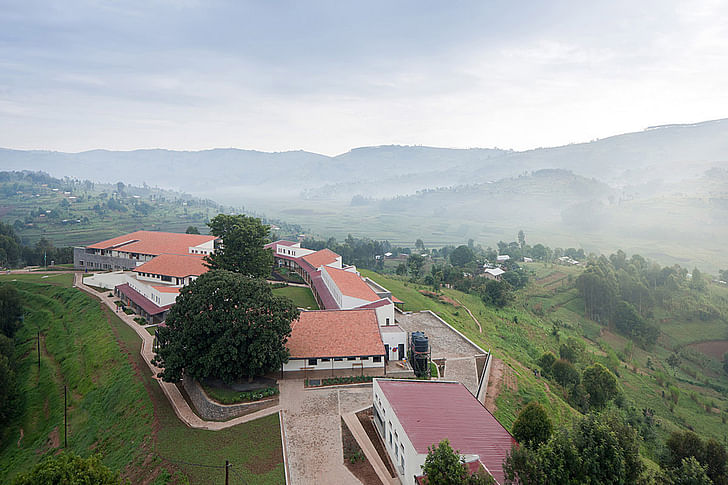
By John Cary
‘Tis the season for gift guides, year-end donation appeals, and lots and lots of lists. Among others, we saw a few standout designers among Forbes’s “30 Under 30” list earlier this week, and it’s hard to disagree with most of Alissa Walker’s picks in her annual GOOD design year-in-review list, which is always worth a read.
The following list, by contrast, favors people, places, and projects that advance the notion of design for the public good. It profiles built projects, new sources of funding, powerful public voices, nonprofit start-ups, and web-based ventures. Lists like this are never comprehensive; this one, for its part, seeks to showcase how design can and is making the world a better place, if not directly transforming people’s experiences and lives.
Looking forward, stay tuned for a companion list of the “Top 10 Design Initiatives Worth Watching in 2012,” right here at Archinect.
1. MASS opens its Butaro Hospital
Metropolis Magazine’s January issue boldly predicted that MASS Design Group would be one of the foremost design game-changers of 2011. And, they were. On January 21, with its co-founders just embarking on their final thesis projects at the Harvard Graduate School of Design, MASS’s first major project—a 60,000 sq ft, world-class hospital—opened in Rwanda, ushering in the first such healthcare facility in the country’s Butaro District of 400,000 people. Dwarfing most other public interest design projects to date in both scale and design excellence, the Butaro Hospital is the physical manifestation of MASS’s deep and ongoing partnership with Paul Farmer’s Partners in Health. Between the Butaro Hospital, a new vocational training school in Kigali, and many other projects on the boards, MASS has effectively set the new standard for public interest design.
2. Section 2 of the High Line is unveiled
Field Operations and Diller Scofidio + Renfro didn’t disappoint on Section 2 of the High Line when it opened in June. This second stretch proved to be markedly different and arguably more dynamic than the first, channeling visitors through narrow caverns of buildings, across elevated steel catwalks, and to places of respite like a modest patch of grass and bleachers made of salvaged wood. The masterminds behind the High Line seized the moment, releasing the first comprehensive book on its making and securing a massive $20 million donation, among other feats. Meanwhile, a staggering three million people walked the High Line in 2011 and Mayor Michael Bloomberg announced that Manhattan’s “park in the sky” has already catalyzed over $2 billion in new investment. Best of all, another third of the High Line awaits.
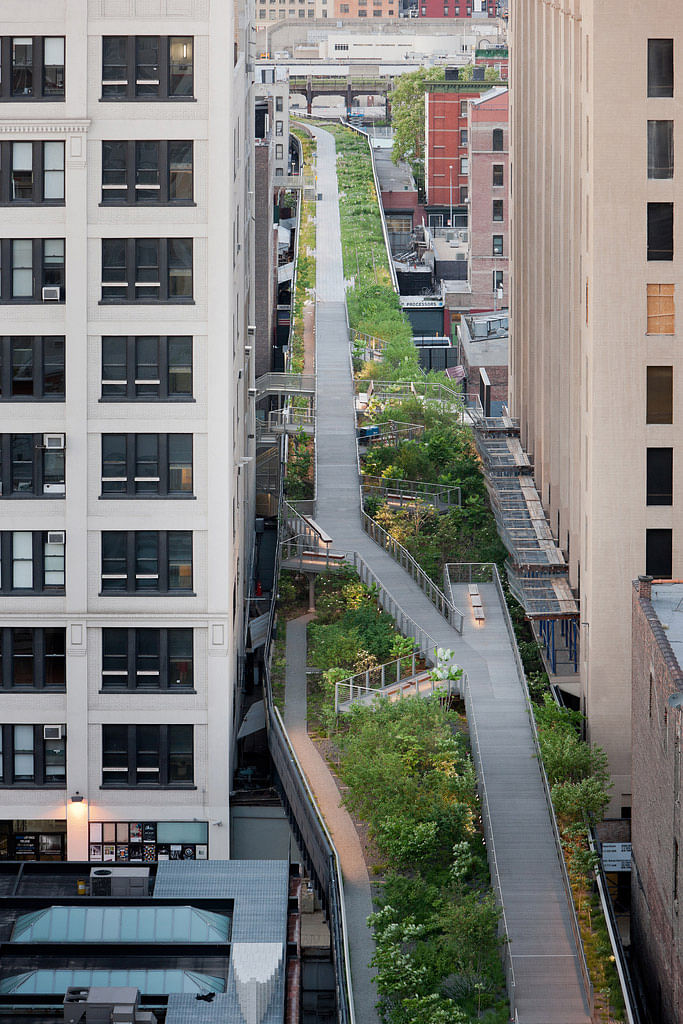
3. NEA, foundations throw down on Our Town and ArtPlace
Despite perpetual threats of cutbacks, the National Endowment for the Arts (NEA) registered another banner year. This spring, the NEA’s inaugural Our Town program dished out $6.5 million to support “creative place-making” projects in 51 communities across 34 states. And yet the endowment still managed to outdo itself with the introduction of ArtPlace—an NEA-assembled consortium of leading philanthropic leaders and financial lenders, ranging from Ford and Rockefeller Foundations to Bank of America and Morgan Stanley. ArtPlace’s first cycle yielded $11.5 million, in the form of 34 grants, ranging from $60,000 to $900,000 a piece, with an additional $12 million loan fund capitalized by six major financial institutions. Working on an arts district, cultural facility, or some other public/private project with a cool, clear design component? Check out Our Town and ArtPlace. But be prepared for some competition; ArtPlace alone elicited more than two thousand applications for its upcoming round of funding. That’s good news if you believe competition breeds innovation.
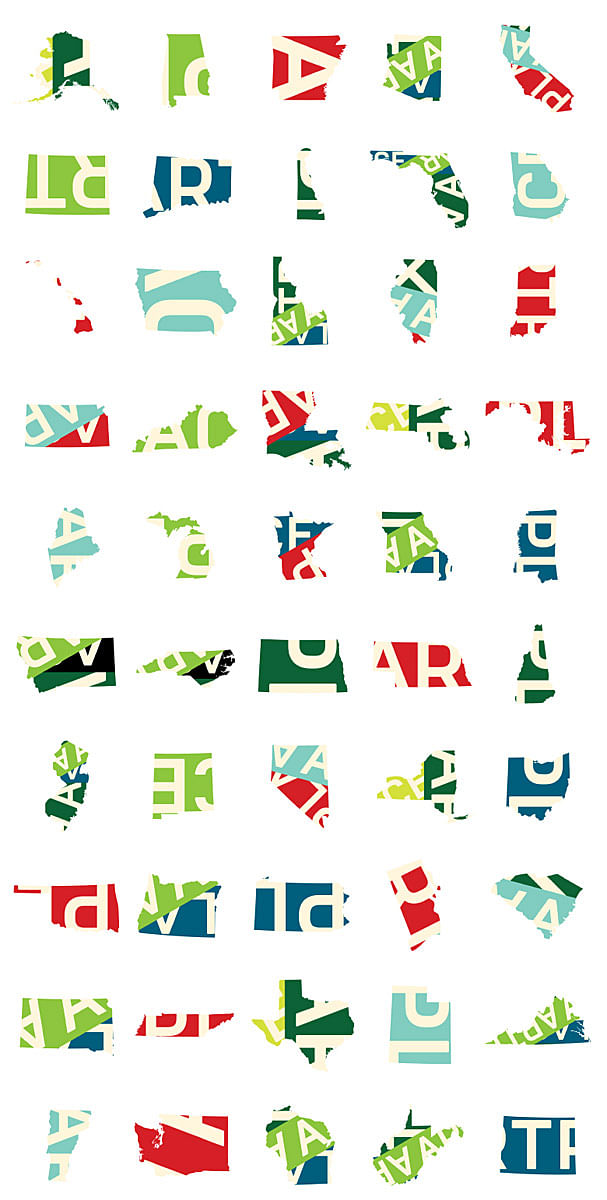
4. IDEO.org sets out to design an end to poverty
While some of us were squeezing pro bono pledges out of struggling firms and tweaking corporate social responsibility mission statements, IDEO was thinking bigger. In March, after two years of development, the design and strategy giant announced the creation of IDEO.org, an independent nonprofit organization charged with designing an end to poverty. The organization’s inaugural call for fellows elicited 400+ applications, from which a diverse set of five “Global Innovators in Residence” were selected, along with three more on loan from IDEO. With a beautifully-designed website, remarkably clear language, and interactive project profiles, IDEO.org has the potential to redefine the link between design and some of the most pressing, systemic social issues of our time—from education and youth employment, to water delivery.

5. Jeanne Gang is declared a genius
Mysterious as they may be and magical as they may seem, MacArthur Fellowships don’t materialize overnight; they’re years in the making. It’s thus hard to point to any one contribution by Jeanne Gang or her award-winning firm, Studio Gang, as the impetus for her half million dollar “genius” award, announced September 20. No doubt, it was a combination of things: her Aqua skyscraper (the tallest building ever designed by a woman), but also her extraordinary “community work,” as she calls it, including the colorful Lavezzorio Community Center on Chicago’s south side. Sporting a bold new Bruce Mau-designed website, Gang also published her first monograph, Reveal, this year. By many measures, however, Gang is just getting started, with her best years ahead.
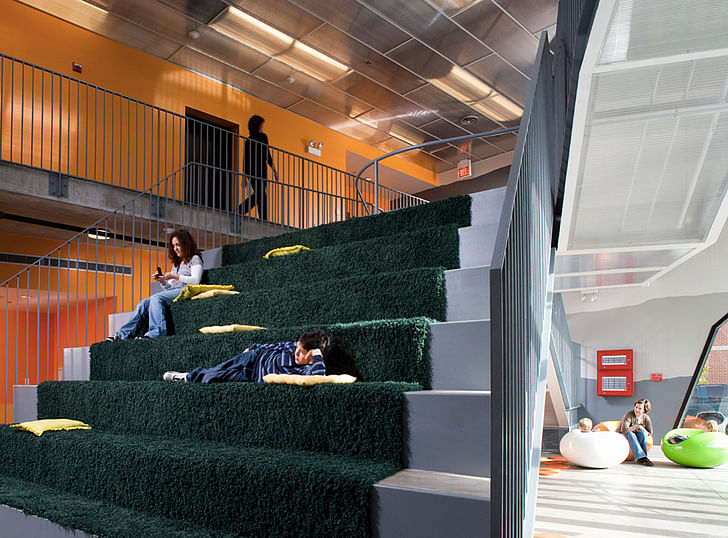
6. The New York Times architecture critic goes public
Late last spring, Nicolai Ouroussoff announced his resignation as architecture critic of The New York Times after seven years on the job. Lots of names were bandied about as possible successors for the coveted post, but virtually no one suggested Michael Kimmelman, the paper’s own art critic. Even fewer of us would have expected his first column—on a subsidized housing development in the South Bronx, no less—to land on the front page, the first of many Kimmelman columns covering architecture so explicitly for the public good. Whether extolling the Via Verde housing complex, New York’s bike lanes, an impressive portfolio of public works projects from the city’s quiet Department of Design & Construction, or public spaces like the High Line, Kimmelman eloquently articulates the design innovations in these projects, while also highlighting their economic impact. He has revived, if not redefined what it means to be an architecture critic, in a time when many other papers are dispensing with such writers. Our task is to keep giving Kimmelman great public projects to write about, far and beyond New York.
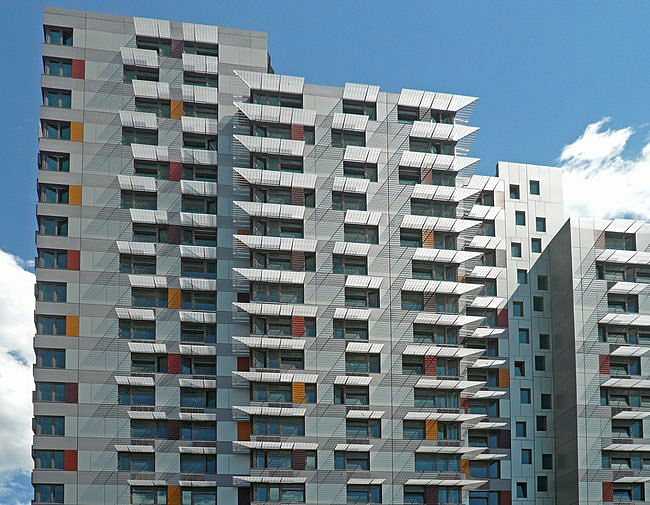
7. AIGA introduces Design for Good
While the AIA has tinkered with its Code of Ethics for the past several years to encourage pro bono service, the AIGA—the professional association for designers—formally launched its multi-prong “Design for Good” campaign this fall. With predictably bold campaign materials, an inspiring video, and a 5% pro bono pledge, AIGA is raising the bar design. Most importantly, it understands the opportunity and need to function as a cheerleader, enabler, and connector, “providing designers with the tools, resources, and opportunities to become integral players in social change.” The language alone—pairing design and social change—is powerful and important. Although Design for Good is only in its infancy, the AIA and other pro bono design advocates could learn a lot from the AIGA’s approach, passion, and presentation. And the rest of us can back their efforts by doubling down on our own pro bono pursuits—not for free, but for good.

8. Civic Symbol Suite puts a face on it
In October, Code for America once again demonstrated its design prowess, this time partnering with The Noun Project—dedicated to “sharing, celebrating and enhancing the world’s visual language.” Together, the two groups marshaled hundreds of volunteers through their joint “Iconathon,” generating 40 new civic icons and symbols for subjects such as electric car plug-in stations, food trucks, protests, soup kitchens, and urban farms, to name just a few. All 40 icons are available for free as vector files, begging to be put to work in signage, apps, and elsewhere. Backed most recently by $1.5 million in new funding from Google, Code for America just scaled its fellowship class from 20 to 26 for 2012, with some 550 other interested applicants. Like IDEO.org, Code for America’s fellowship program shows a burning desire on the part of the “next generation” to put design, development, and other skills to work for the public good.

9. Occuprint captures the spirit of a movement in the making
Piercings and tattoos seemed to dominate the early days of the fledgling Occupy protests from an aesthetics standpoint, but design and public space quickly took center stage as the occupations and outcries extended across the country and around the world this fall. A website, called Occuprint, soon emerged as a hub for graphic posters and messages, stemming from a small collective’s work on a special design issue of “The Occupied Wall Street Journal.” Bright and colorful, the Occuprint website provides a sprawling arsenal of graphic media within the Occupy movement. The posters showcased have poured in from all over the world; they’re shared through Creative Commons licenses, and downloadable as free PDFs. It’s never been so easy to print and protest.

10. The Cooper-Hewitt rolls out Design With The Other 90%: Cities
This fall, with the Cooper-Hewitt National Design Museum’s landmark mansion undergoing a multiyear renovation, the next major installment in its “Other 90%” series debuted at the United Nations Headquarters. While products and small-scale projects dominated its maiden show in 2007, Design With the Other 90%: Cities makes another important distinction, emphasizing design with over design for—both in name and presentation. The 60 entries include physical projects as well as technologies, ranging from houses and schools, to building materials, economic and transportation systems. In the past, the inclusion of public interest design projects in major museums like the Cooper-Hewitt and MoMA was newsworthy; the heavily-trafficked UN Headquarters is far more noteworthy and exactly the kind of stage design needs to occupy.

Bonus: In honor of 2011, here’s a “+1” to top off the previous ten
This one is admittedly a bit more of stretch on face value, but on June 9 the virtual doors of Fab swung open, hell bent on making good on the promise of design—at least slightly more—within reach. While other daily deal sites have floundered in the latter half of 2011, Fab has flourished, all the while turning a fast profit for the company as well as its sellers, contrasting the heavily-criticized business model of GroupOn. Fab’s rise shows that everyday people are hungry for good design—literally, millions of them. They get in their gut that beauty and functionality influence quality of life. And while Fab joins others in channeling those design instincts almost exclusively into consumerism, the company is building a base—bigger than the audiences tied to most of the above—primed for other design initiatives, including philanthropy. Imagine if supporting a cool new nonprofit design organization or initiative was as simple, immediate, and routine as backing a Kickstarter campaign. Now imagine it with a built- in, design-loving audience.

Stay tuned to Archinect for the “Top 10 Design Initiatives Worth Watching in 2012,” due out next week.
3 Comments
There's a couple of broken links, to start: The High Line Link, and the GOOD link on top of the page...
Excellent catalog of things that matter. Well done!
Fab!? Seriously!
More discount crap to feed our ego's and the landfill - keeping up with the Johansen's.
You had me up to there.
Besides that - nice list.
Block this user
Are you sure you want to block this user and hide all related comments throughout the site?
Archinect
This is your first comment on Archinect. Your comment will be visible once approved.